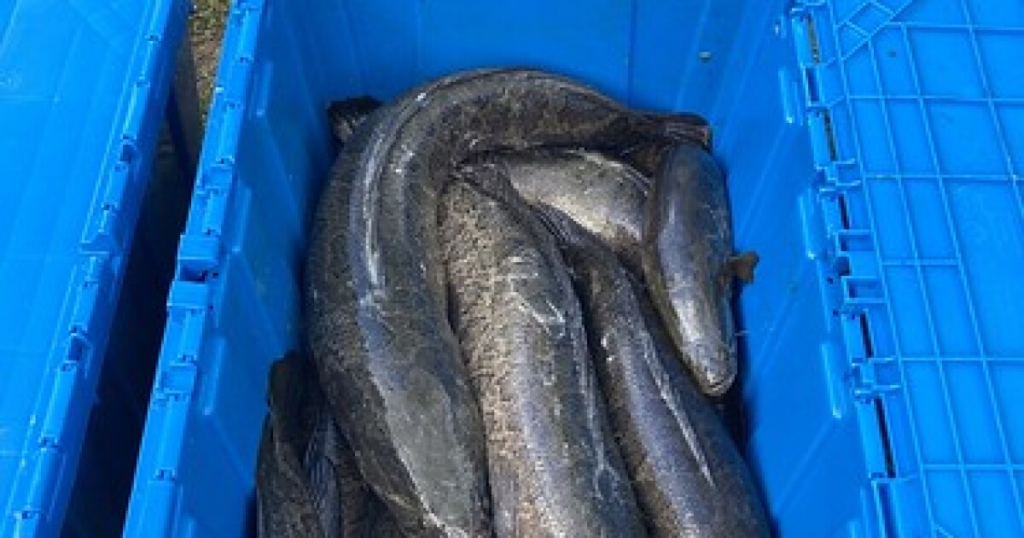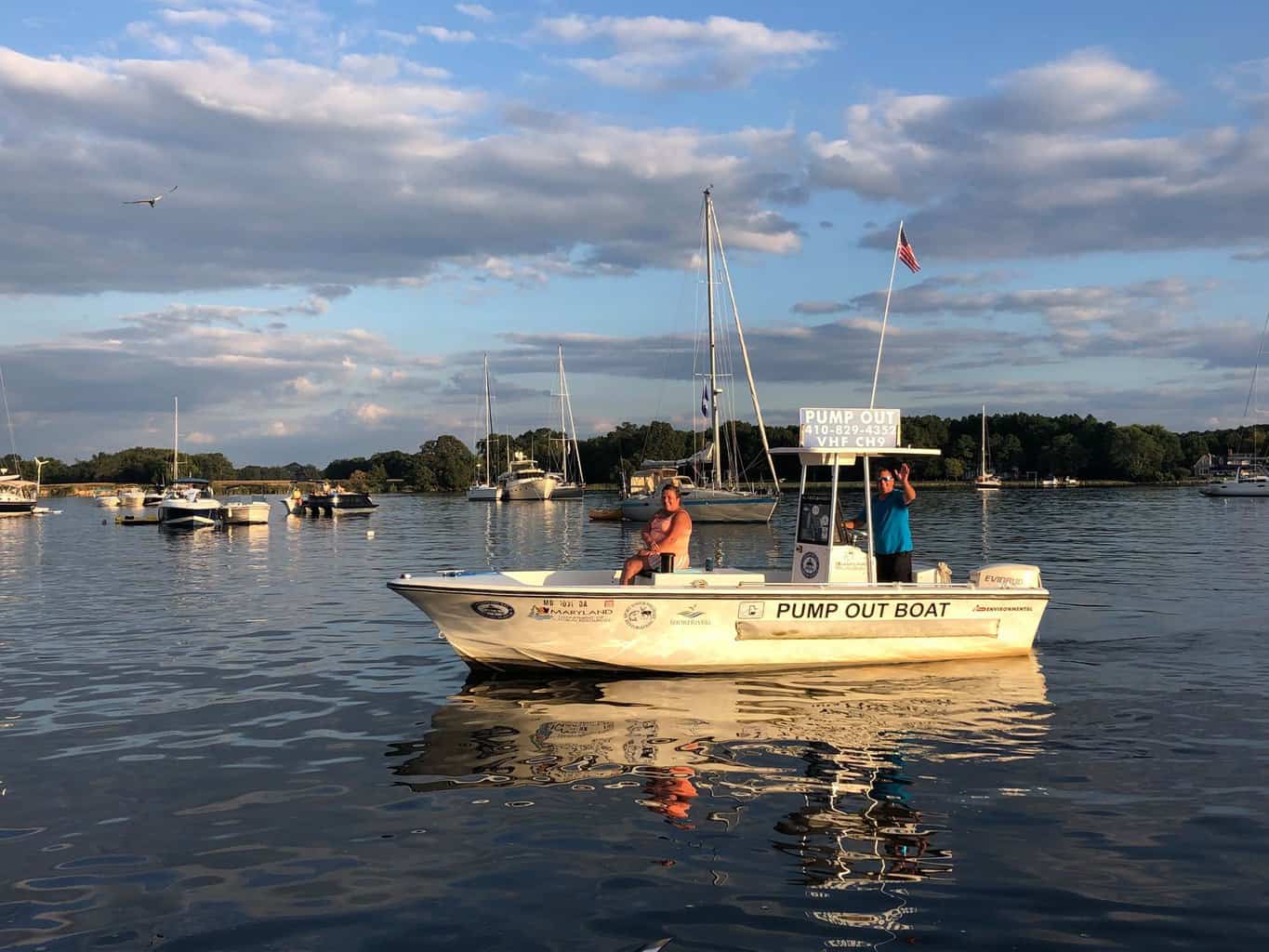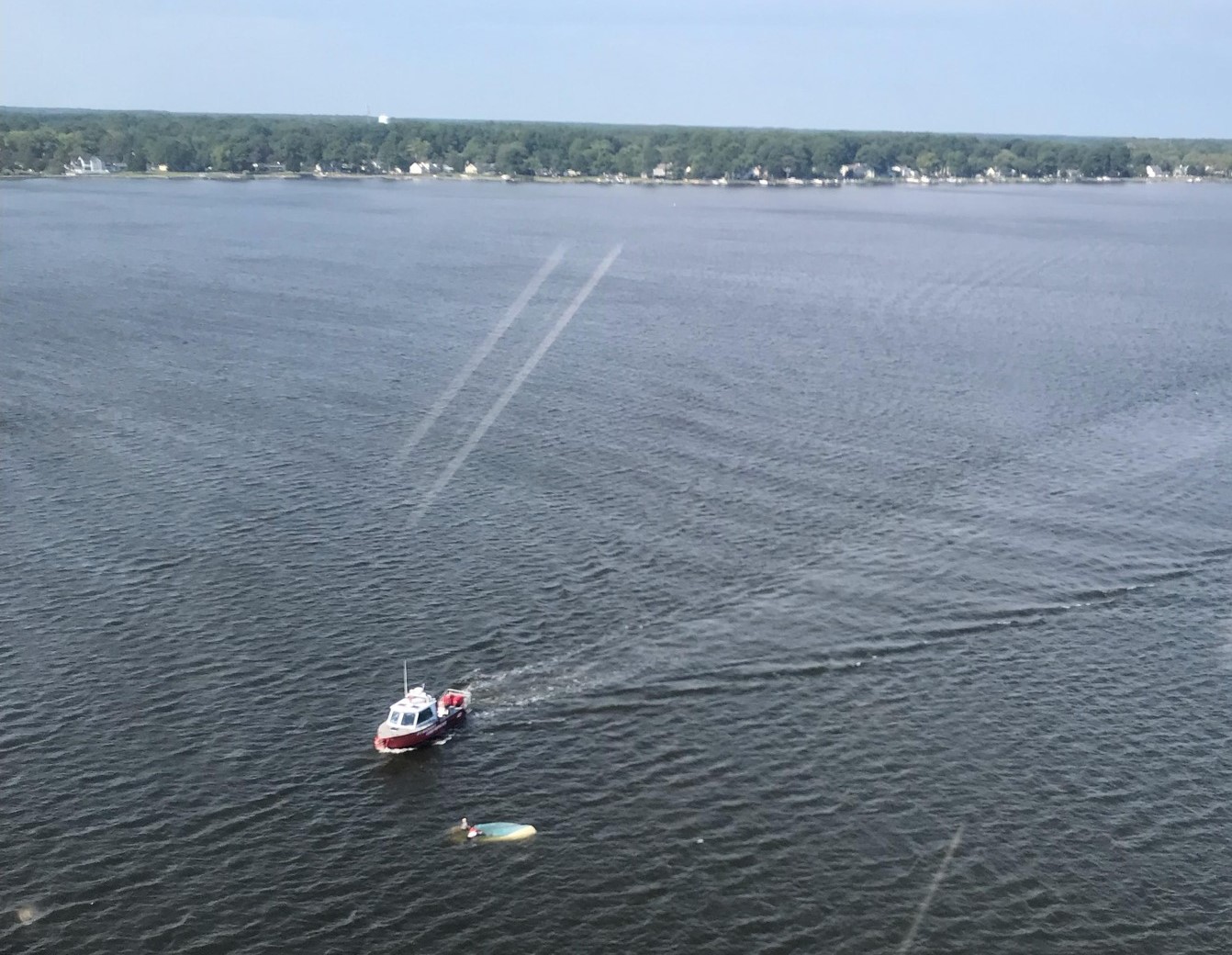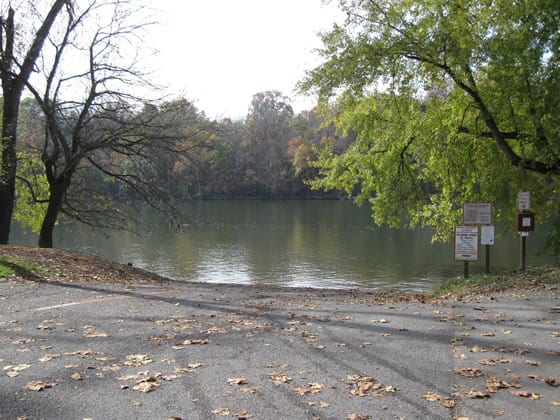A study of invasive snakehead fish (legally renamed the more palatable “Chesapeake channa” in Maryland) comes up with a disturbing discovery.
As the state continues to fight the spread of northern snakehead, Maryland Department of Natural Resources Biologist Dr. Joseph Love has uncovered evidence that the invasive species could be spawning twice a year in Bay waters.
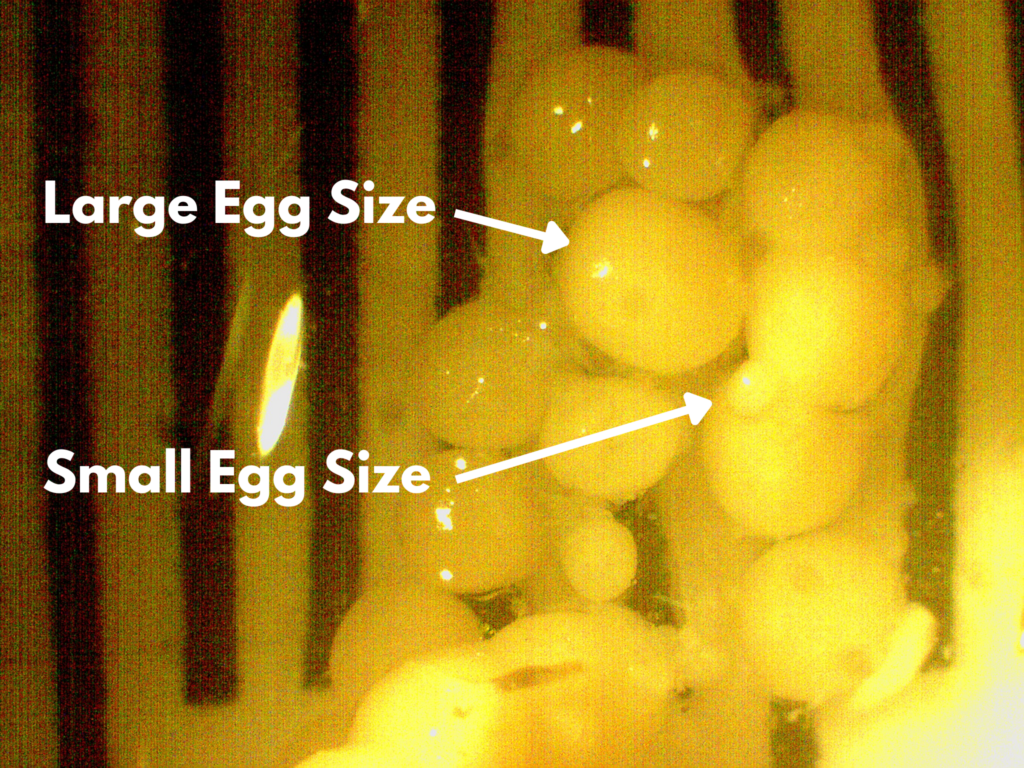
Love’s study, published in the July 2024 edition of Northeastern Naturalist, found that the majority of female snakeheads collected from the upper Chesapeake Bay carried eggs in two distinct sizes, one much larger than the other, suggesting the fish may be spawning at two different times of year.
Snakeheads are already well adapted to spread in new environments and flourish in our ecosystem, causing damage to native species. They can tolerate changing water temperatures and are aggressive predators. This makes them truly an invasive species and not just a non-native species. If these Chesapeake channa are spawning twice each year, that would certainly contribute to their increasing population up and down the Bay.
Love and DNR biologists conducted this study using snakeheads that were intercepted at the Conowingo Dam fish lift during the summers of 2021 and 2022.
The fish lift operation provides DNR a good opportunity to gather up invasives for research. As Chesapeake Bay Magazine reported in July, more than 2,100 snakeheads attempting to reach spawning grounds above the dam were instead pulled from the fish lift by hand.
Using the 2021-2022 fish, Love weighed and measured 56 female Chesapeake channa specimens before dissecting them to examine the quantity and size of the eggs stored in their ovaries. He used digital photos and computer software to measure the diameter of the eggs.
The photos confirmed that the average number of eggs increased with the size (mass) of the female. The fish held an average of 63,569 eggs. For every additional gram of mass of the female’s body, they averaged 27 more eggs in their ovaries. Most significantly, more than half of the ovaries held a group of eggs in a distinctly smaller size.
Dr. Love checked his research against eggs from an additional collection made in July, when snakehead spawning season is at its peak. The fish in that collection had fewer eggs at larger sizes. The finding supports the idea that some eggs are released in the spring and others wait to mature for spawning in late summer or fall.
“This study fills a gap in what we know about Chesapeake channa reproduction in the upper Chesapeake Bay,” says Love. His research focuses on current snakehead traits but also goes back to the introduction of the species in Maryland 22 years ago.
In 2002, adult snakeheads were released into a pond in Crofton, Anne Arundel County. Their native habitat is in East Asia, thousands of miles away. DNR says additional snakeheads were illegally released in Maryland. According to a study in 2018 that Love co-authored, in the last two decades, snakeheads have expanded their range to an average of three Chesapeake Bay waterways per year.
Today, Chesapeake channa are established in all tidal and many non-tidal tributaries in Maryland. Their new name is one of the state’s efforts to encourage people to harvest and eat the fish. Love says it’s crucial to catch and eat channa when they are at their largest, just before they spawn. That makes them a fun trophy fish with no season or limit for harvesting. To learn more about targeting Chesapeake channa, visit DNR’s website.

